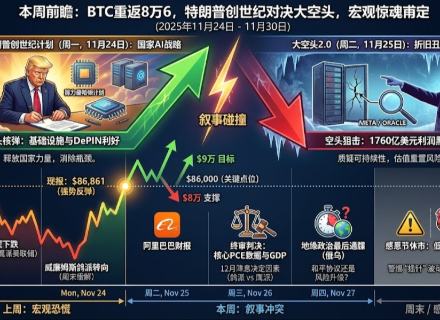Ethereum Sets Tentative Release Date for Fusaka Upgrade
- Fusaka Update Coming to Ethereum Mainnet in December
- Fusaka promises to double blob capacity
- Hard fork brings Peer DAS, Verkle Trees and more scalability
Ethereum core developers have announced that the Fusaka upgrade will be implemented on the mainnet on December 3rd, provided testing goes as planned. The date was announced during the call for developers ACDC #165, considered the main reference for coordinating network changes.
Before its final launch, Fusaka will undergo testing in different environments. Activation on the Holesky testnet is scheduled for October 1st, followed by Sepolia on October 14th, and finally, Hoodi on October 28th. According to the developers, the final epoch parameters and timings are yet to be reconfirmed.
The goal of the update is to expand scalability without compromising decentralization and security. One of the most talked-about features is Peer Data Availability Sampling (Peer DAS), a mechanism that allows validators to verify large volumes of data through small samples from peer nodes, eliminating the need to download complete sets of data known as blobs. Blob capacity is expected to double within two weeks of activation.
Among other changes, the hard fork proposes raising the block gas limit from 30 million to 150 million units, expanding transaction capacity. The update also integrates Verkle Trees, a structure that optimizes data storage with more compact proofs, as well as improvements to the EVM (Ethereum Virtual Machine), accelerating smart contract execution.
As part of the preparation, the Ethereum Foundation launched a four-week audit competition. The program offers up to $2 million in rewards to security researchers who identify critical flaws before the official launch.
Developers have already indicated that the next major update after Fusaka will be Glamsterdam, scheduled for 2026. This upcoming hard fork is expected to introduce additional scalability improvements, such as full implementation of the EVM Object Format (EOF) and faster block times, solidifying the roadmap for improvements for the second-largest blockchain in the cryptocurrency market.
Disclaimer: The content of this article solely reflects the author's opinion and does not represent the platform in any capacity. This article is not intended to serve as a reference for making investment decisions.
You may also like
This Week's Preview: BTC Returns to 86,000, Trump’s Epic Showdown with Major Shorts, Macro Turmoil Just Settled
After last week's global market panic and subsequent recovery, bitcoin rebounded to $86,861. This week, the market will focus on new AI policies, the standoff between bears and bulls, PCE data, and geopolitical events, with intensified competition. Summary generated by Mars AI. The accuracy and completeness of this summary, produced by the Mars AI model, are still being iteratively improved.

At risk of being removed from the index? Strategy faces a "quadruple squeeze" crisis
Strategy is facing multiple pressures, including a significant narrowing of mNAV premiums, reduced coin hoarding, executive stock sell-offs, and the risk of being removed from indexes. Market confidence is being severely tested.

VIPBitget VIP Weekly Research Insights

How to plan a perfect TGE launch?
Most TGE failures are not due to poor products or inexperienced teams, but because their foundations were never prepared to face public scrutiny, competition, and shifts in narrative.

